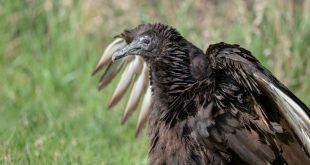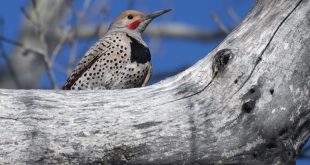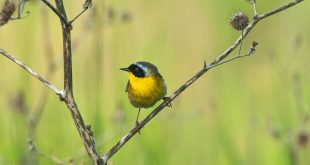The Fourth of July has come and gone, and summer is now about doldrums and dog days. You’ve raised your offspring and sent them on their way. Now, a little “me time” is in order to improve your plumage. Ok, maybe not so much for you, but for some of our familiar feathered friends, it is that time of year. Maintaining a fine-looking plumage is not easy and feathers wear out. Thus, all birds molt during their annual cycle to replace old and worn feathers with new ones. Late summer, after energetically demanding breeding has occurred, is a time of year when many species go through some sort of molt. This is normal for the birds, but when people observe a bird going through “the change” it can cause concern. Last week, we were forwarded the following photos of a male Northern Cardinal whose head feathers were falling out. The bird superficially appeared to be in some sort of distress. What could be the cause? disease? starvation? poisoning? pestilence? None of the above. The male Northern Cardinal in the photos is molting his head feathers, and this appearance is not unusual this time of year.
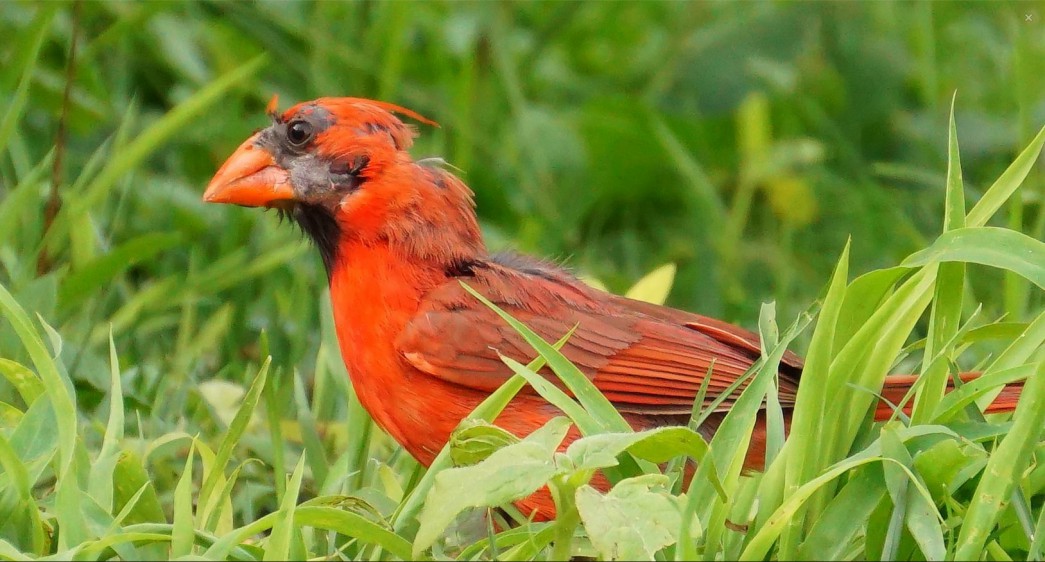
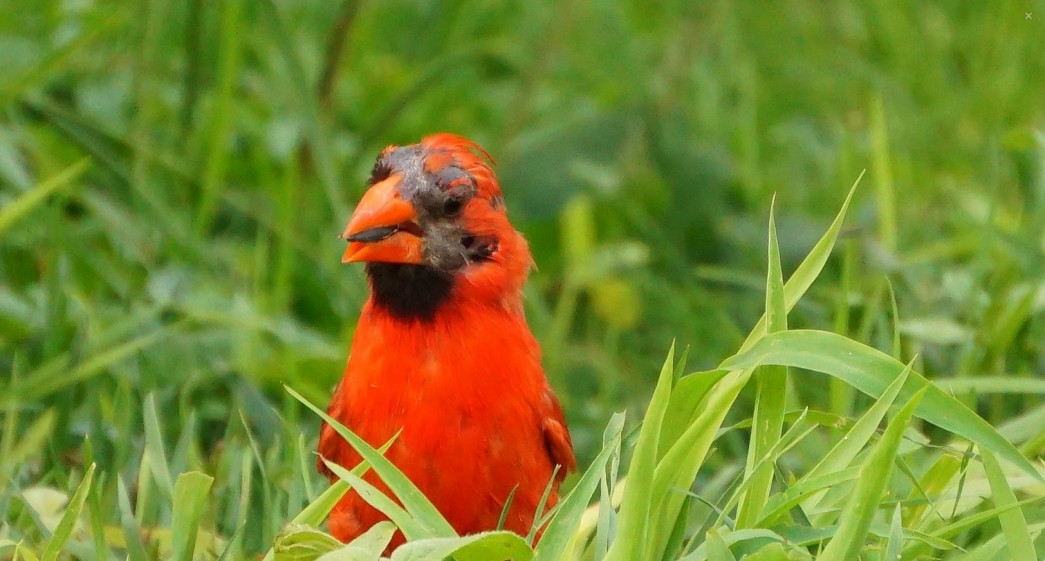
The person who sent us the photos was concerned. With all the talk about avian flu, and now West Nile Virus, this was a reasonable response. If someone is uncertain about something that appears ominous, it is a good idea to let someone know. Occasionally a few isolated reports of sick or dead wildlife can be an early indicator something bigger is going on. Thus, reports of sick or dead wildlife are always very much appreciated. But in this case, there is no cause for concern and no need to take any action.
A couple years ago, we received a photograph of a completely bald Northern Cardinal observed at a bird bath in Nebraska. It was quite an odd looking bird. It was also observed about this time of year while it was also molting. I wrote a story about this observation for NEBRASKAland (the photo and the story can be accessed HERE). Blue Jays are another common backyard bird that can appear scraggly and bald-headed during mid- to late summer. Some species molt gradually over time, with no periods of feather loss or baldness. Thus, some birds may not appear any different even when they are replacing feathers.
Good birding!
 Nebraskaland Magazine
Nebraskaland Magazine

